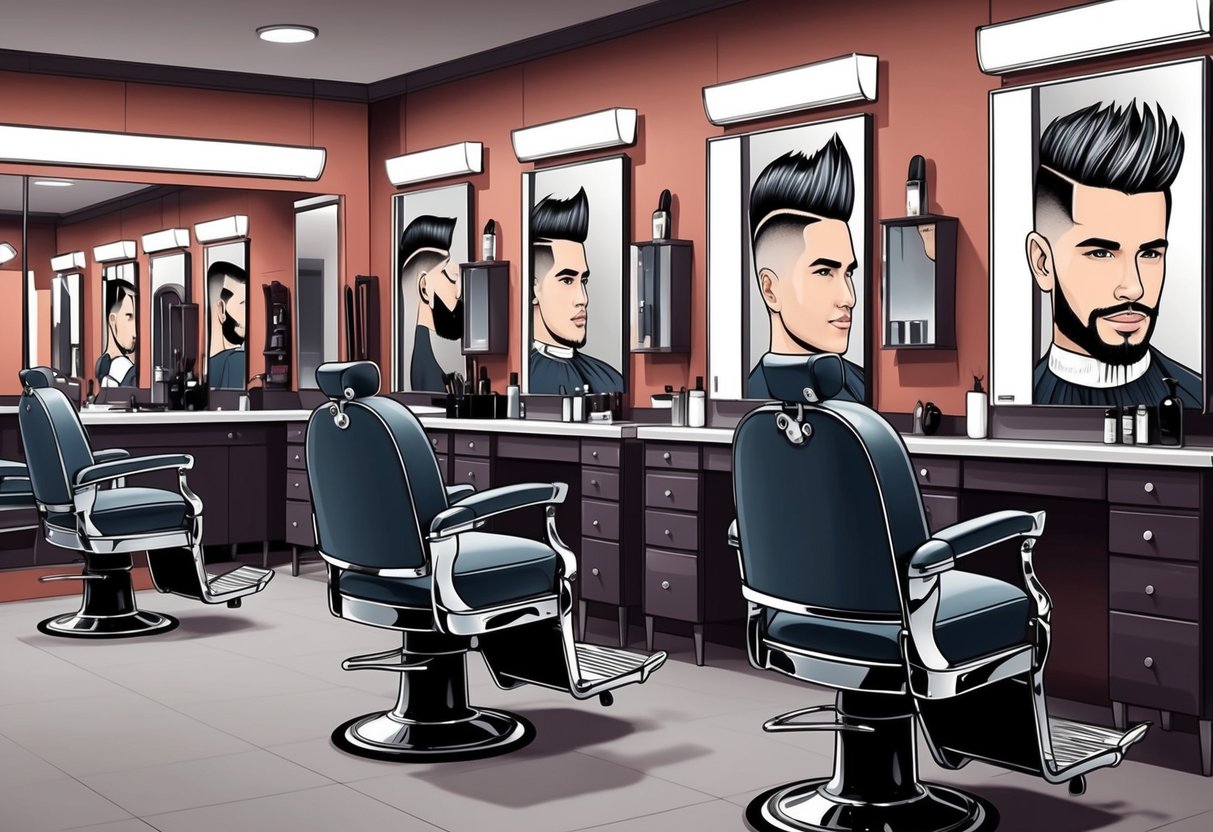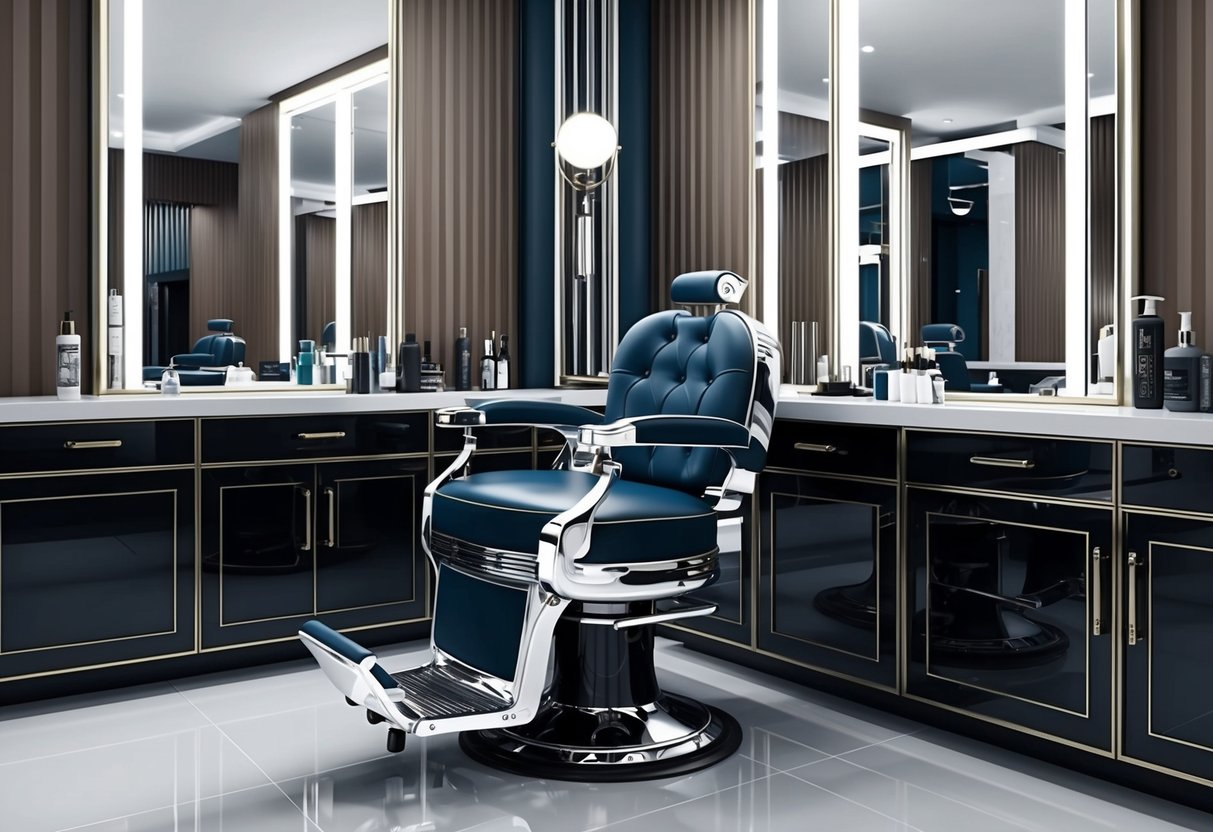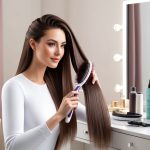
Considering Hair Types and Texture
The texture and type of hair play a major role in how a fade haircut will look and last. Matching the right fade style with individual hair characteristics helps achieve a cleaner finish and maintainable style.
Best Fades for Different Hair Types
Hair type and texture affect which fade haircuts are easiest to maintain and style. For example, men with straight or fine hair often benefit from low fades or taper fades, which create a subtle blend without exposing the scalp.
High fades work well on coarse or thick hair because the contrast is bolder and transitions are smoother. Curly or wavy hair textures also suit mid fades and burst fades, as the waves or curls create natural volume on top.
Fades like the skin fade require careful blending, especially on very thick or very curly hair types, but can offer a crisp, sharp appearance when done correctly. Thinner hair may look fuller with a balanced mid fade instead of a high fade, which can sometimes emphasize scalp visibility.
For more insight, explore popular cuts and suggestions for different men’s haircuts and styles.
Caring for Various Hair Textures
Proper care and styling vary based on hair texture, which impacts how fresh a fade will look as it grows out. Straight hair usually stays neat with regular trims every two to three weeks, preventing the blend from becoming uneven.
For coarse or thick hair, moisturizing shampoos, conditioners, and leave-in treatments help maintain definition and reduce dryness. Curly or wavy hair benefits from products that enhance curl pattern and control frizz, like curl creams or light gels.
Brushing or combing gently helps avoid breakage, especially at the faded sides and back. Using the appropriate grooming tools and products for each texture ensures the fade haircut remains sharp and healthy between visits.
Find more on taming and maintaining different men’s hair types and textures.
Shorter Fade Haircuts for Men
Shorter fade haircuts are favored for their clean appearance and easy maintenance. These styles are particularly effective for accentuating facial features and creating a sharp look that grows out well.
Short Fade Haircut Styles
A short fade haircut typically involves gradually blending short hair on the sides and back into slightly longer hair on top. Variations include the high fade, mid fade, and low fade, each defining how high the shortest part of the fade starts on the head.
High fades result in a more dramatic contrast, while low fades create a subtle transition. Barbers often use clippers with different guard lengths to achieve crisp lines and seamless blending.
Short fades can be paired with a crew cut, buzz cut, or textured crop on top for a versatile and contemporary appearance. These styles are ideal for those who prefer a no-fuss grooming routine and a style that looks fresh between visits to the barber.
More information and inspiration can be found at this fade haircut style guide.
Bald Fade and Skin Fade Short Styles
The bald fade and skin fade are among the shortest options. They feature hair tapered down to the skin, especially along the sides and back, resulting in a sharp and modern edge.
The bald fade is achieved by cutting the hair down to the scalp, while the skin fade blends hair to zero using a razor or trimmer. These cuts require precise techniques to produce a smooth gradient and a flawless finish.
They can be combined with shorter styles like a buzz cut or caesar cut on top for a minimal yet bold look. Skin fades in particular remain popular for their crisp, polished result and are regularly requested at most barbershops.
To see examples and current trends, visit this skin fade hairstyle guide.
Trendy and Classic Fade Combinations

Many men opt for updated takes on traditional fades by combining them with unique styles. Blending classic fade techniques with modern cuts creates looks that suit different hair types, face shapes, and personal style preferences.
High Top Fade
The high top fade merges a boxy, voluminous top with sharply faded sides. It gained popularity in the late 1980s and early 1990s, especially in Black communities, but remains a strong choice for those looking to highlight natural texture and height.
This style works best with thick, coiled, or curly hair. Achieving a high top fade requires precise barbering.
The hair on top is typically styled into a flat, squared-off shape, while the fade on the sides starts high around the temples and quickly tapers down to the skin. Maintenance is important, as the geometric lines can lose definition as the hair grows.
The high top fade continues to see updates with new twists like colored tips, part lines, or even added designs shaved into the faded areas. For inspiration and more details, see this illustrated fade haircuts for men guide.
Mullet Fade
A mullet fade brings together two very different eras in haircut design. This combination features shorter faded sides, which can be done as a low, mid, or high fade, while the back is kept longer, embracing the unmistakable mullet silhouette.
This look is popular among those looking for an edgy, unconventional haircut that references both retro and contemporary trends. It can be worn with wavy, curly, or straight hair and often includes textured layers at the top and crown for extra movement.
Barbers usually recommend blending the fade smoothly into the longer back section for a cleaner appearance. Styling a mullet fade can be as simple or bold as desired, with options for length variations, layering, or even sharp hairline detailing.
See a range of trending fade hairstyles for men for more modern combinations.



